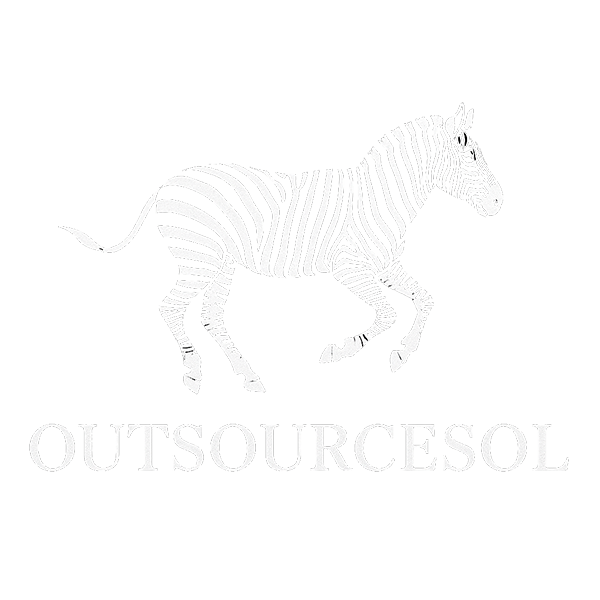
African Taxidermy Skulls: Unveiling Nature's Art with a Twist
Share
The Allure of African Taxidermy Skulls
African taxidermy skulls represent a captivating fusion of natural history and artistic expression. These specimens, meticulously preserved through specialized techniques, offer interior designers, home builders, and hunting enthusiasts an opportunity to incorporate authentic elements of African wildlife into their spaces. Unlike conventional decorative pieces, these skulls embody a raw, primal aesthetic that brings an unparalleled sense of authenticity to any environment. The intricate bone structures, unique patterns, and individual characteristics of each skull tell a story of the magnificent creatures that once roamed the African plains.
History and Cultural Significance
The practice of preserving animal skulls dates back thousands of years, with indigenous African cultures utilizing these remains for ceremonial purposes and as symbols of status. Throughout the centuries, this tradition evolved from purely utilitarian preservation to an art form appreciated worldwide. Today, ethically sourced African taxidermy skulls serve as conversation pieces that honor the continent's rich biodiversity while providing a glimpse into the evolutionary marvels of nature's design. The juxtaposition of these natural elements within contemporary spaces creates a visual dichotomy that sophisticated designers find irresistible.
Popular African Species for Taxidermy Skulls
When selecting African taxidermy skulls for interior design projects, several species stand out for their distinctive characteristics and aesthetic appeal. Each skull type brings its own unique presence to a space, allowing designers to curate specific ambiances based on client preferences and overall design vision.
Kudu and Other Antelope Varieties
The majestic kudu, with its impressive spiral horns that can reach lengths of up to 72 inches, represents one of the most sought-after African taxidermy specimens. These magnificent horns create a dramatic silhouette that commands attention in any setting. Beyond their decorative value, kudu horns have been transformed into traditional musical instruments known as shofars, adding a layer of cultural significance to these specimens.
"The spiral pattern of kudu horns exemplifies nature's mathematical precision – a perfect logarithmic spiral that architects and designers have attempted to replicate for centuries." - Journal of Natural Design Elements
Other antelope varieties such as eland, impala, and springbok offer more delicate skull structures with varying horn configurations, providing versatility for different design applications. Their smaller scale makes them ideal for shelving displays or as focal points in more intimate spaces.
Ethical Sourcing and Legal Considerations
The acquisition of African taxidermy skulls necessitates adherence to strict ethical standards and legal requirements. Responsible suppliers like Outsourcesol ensure all specimens are ethically sourced and properly documented.
Importance of Documentation and Permits
When incorporating African taxidermy skulls into design projects, proper documentation is non-negotiable. All specimens must be accompanied by:
- CITES certificates (Convention on International Trade in Endangered Species)
- Import/export permits
- Proof of ethical acquisition
- Species identification documentation
These requirements vary by species and country of origin, making it essential to work with knowledgeable suppliers who understand the complex regulatory landscape. Designers and collectors should always verify the legitimacy of their sources to ensure compliance with international conservation efforts.
Integrating African Taxidermy Skulls in Interior Design
The versatility of African taxidermy skulls allows for numerous creative applications within interior spaces. Whether used as standalone statement pieces or integrated into larger design schemes, these natural elements add texture, history, and visual interest to environments ranging from rustic lodges to minimalist modern homes.
Design Applications and Styling Tips
Successful integration of African taxidermy skulls requires thoughtful consideration of scale, placement, and complementary elements. Expert designers often juxtapose these organic forms against clean architectural lines or pair them with lush textiles for a balanced composition. The inherent neutral palette of bone creates a versatile foundation that works with virtually any color scheme while adding textural complexity that cannot be replicated with manufactured materials.
For maximum impact, consider mounting larger specimens at eye level where their intricate details can be fully appreciated. Smaller skulls can be grouped in curated vignettes or displayed in glass cabinets alongside other natural curiosities for a cabinet-of-wonders aesthetic that invites closer examination.
